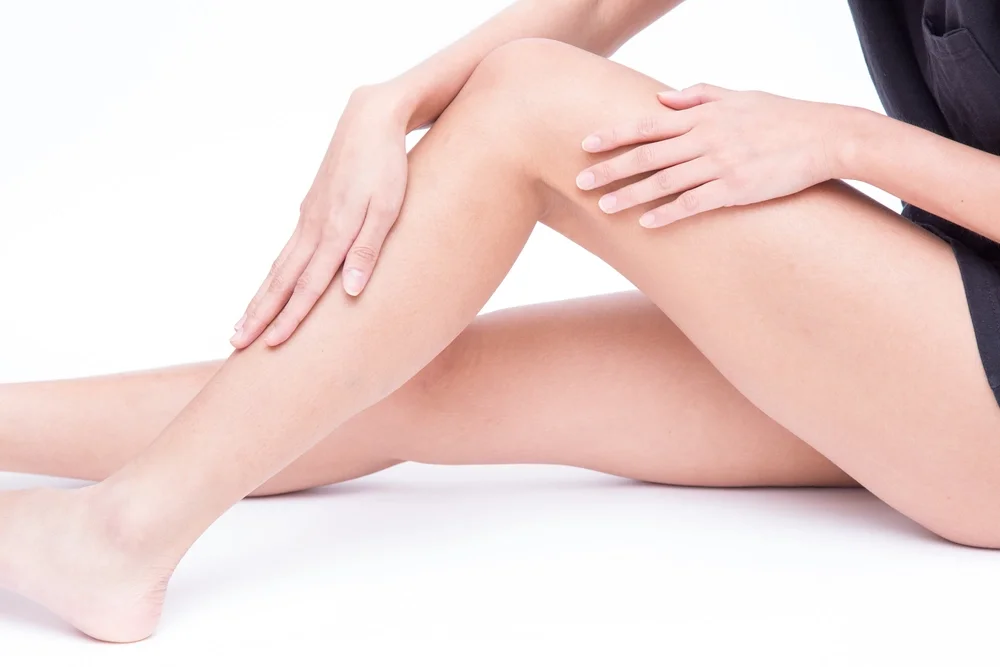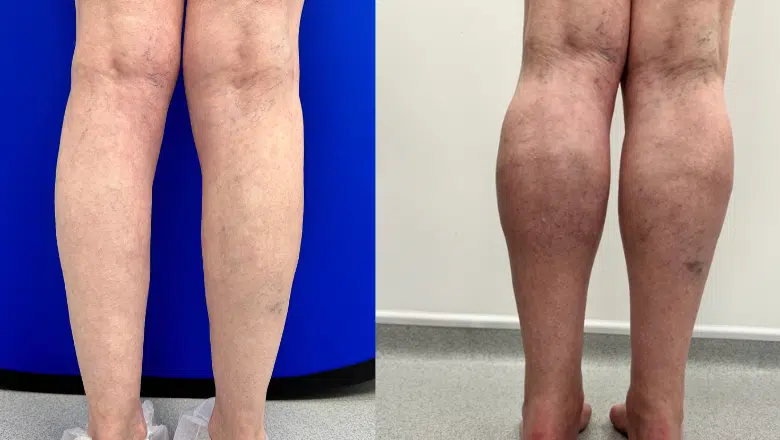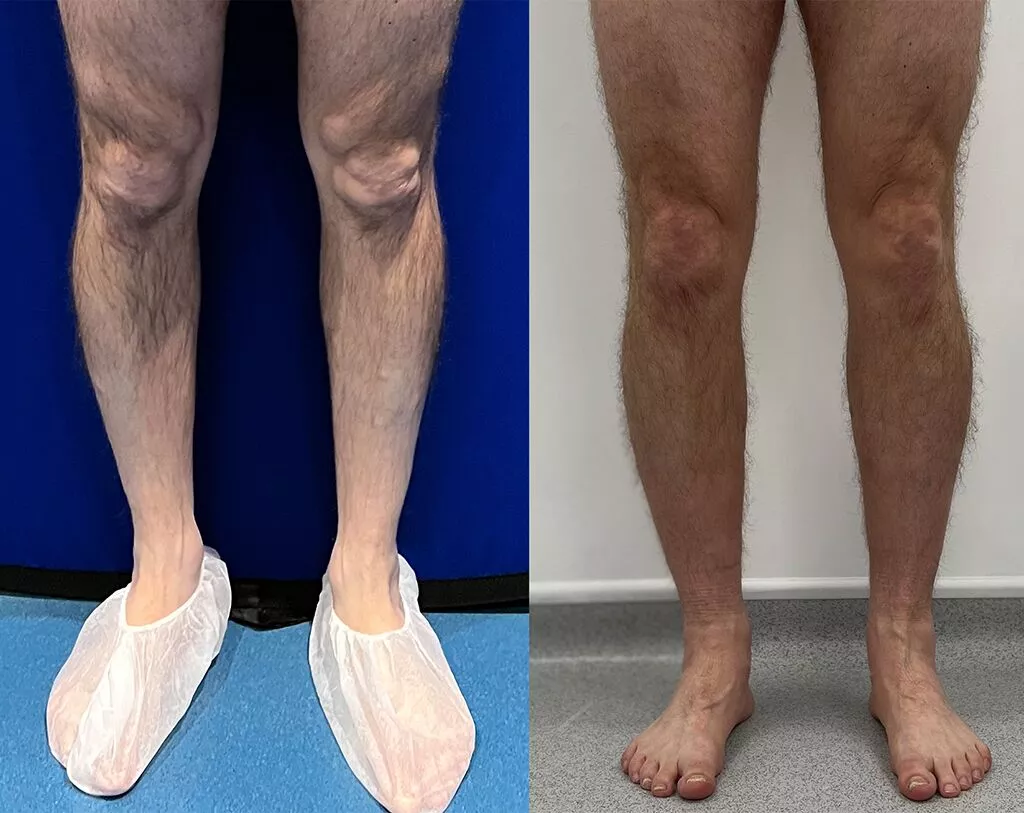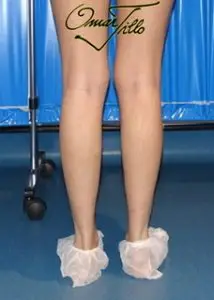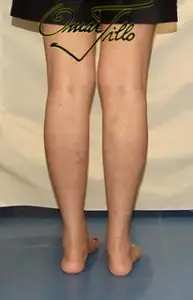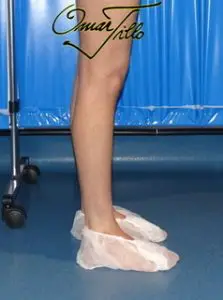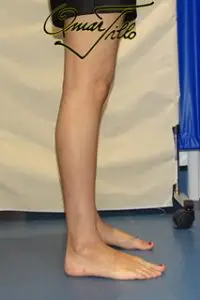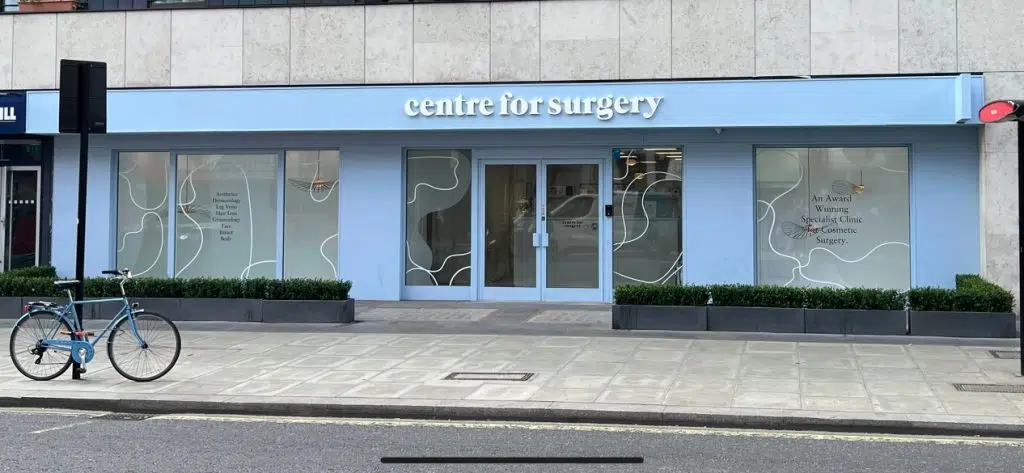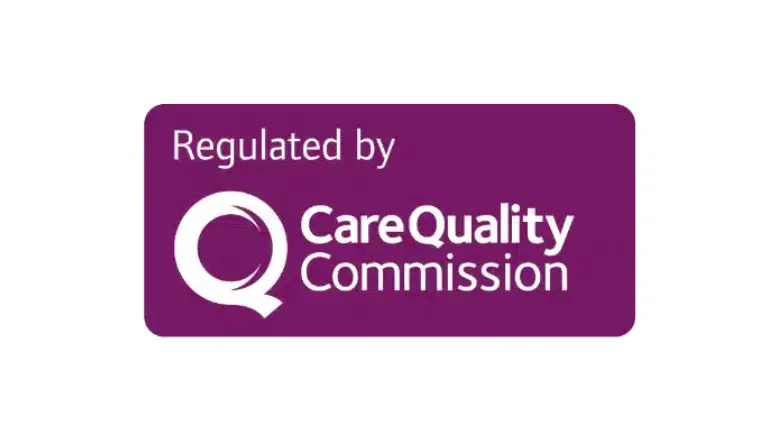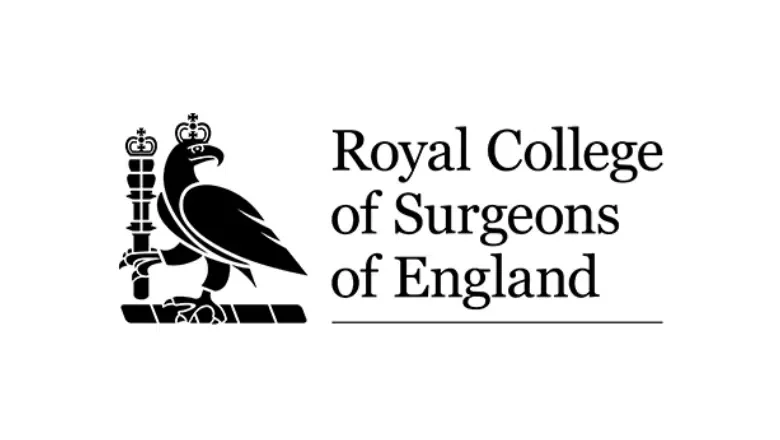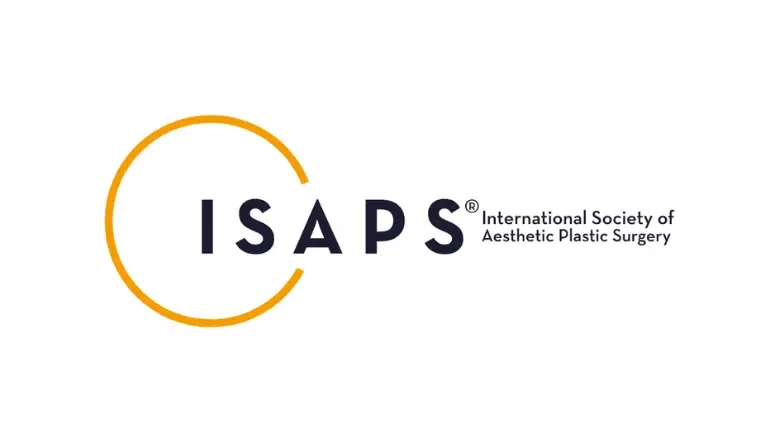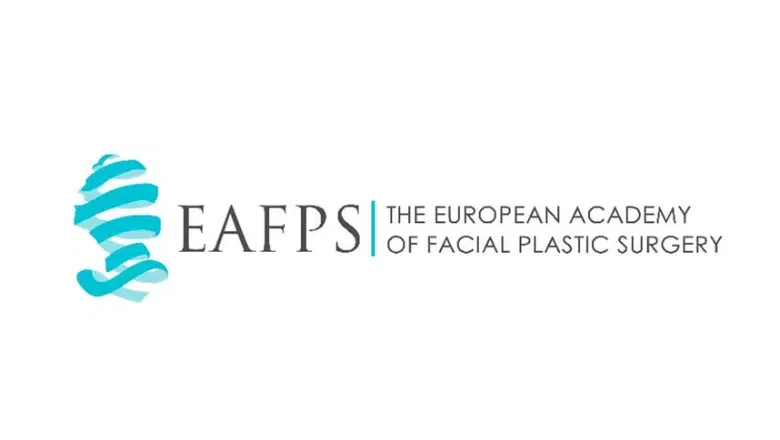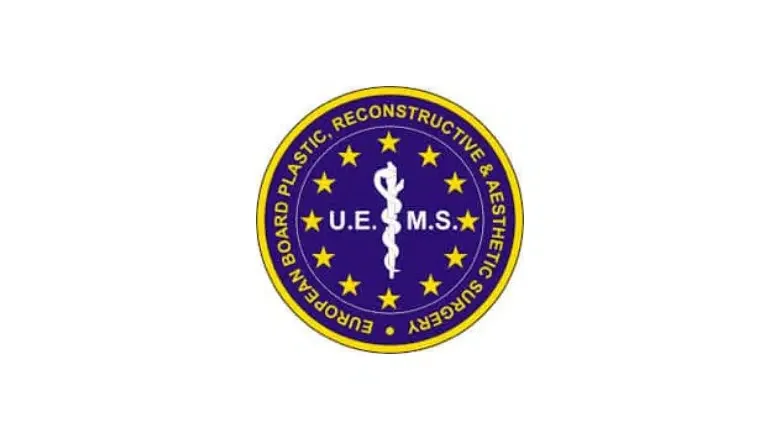Calf Fat Transfer London
Achieve sculpted, natural-looking calves and a beautifully contoured silhouette with our minimally invasive fat transfer calf augmentation procedure
Fat transfer to calves, also known as lipo filling or calf fat grafting, is a minimally invasive surgical procedure for calf augmentation involving the liposuction of fat followed by fat injection into the calves. Fat transfer first involves liposuction to remove fat from areas of the body where it is found in excessive amounts, also known as the donor area. Common donor areas include the abdomen, hips and thighs. The harvested fat is then gently processed before being re-injected into the calves.
RELATED: Calf Augmentation with Fat: Ultimate Guide
Fat grafting is a highly effective method of calf augmentation and is an alternative to silicone calf implants. Many patients have underdeveloped calves, often as a result of previous disease or injury. A common example is an old ruptured Achilles tendon, leading to muscle atrophy in the calf. Other causes include weight loss and the ageing process. Fat grafting also has beneficial rejuvenation effects, including an improvement in vascular supply and the quality of the overlying skin, which helps to enhance the outcome.
Fat transfer has been performed for many decades and has been proven to be a very safe and effective treatment for permanent volume restoration. The chief advantage of fat transfer compared with other surgical and non-surgical techniques of calf augmentation, such as implants or fillers, is that it uses your own body’s tissue, and therefore, the risk of any immune reaction is eliminated. Fat transfer also results in a more natural-looking appearance compared with implants. The percentage survival of transferred fat is between 60 to 70%. Patients who smoke or have a weakened immune system may have a lower percentage fat graft survival rate.
Compared with calf implant surgery, fat transfer to calves is a minimally invasive surgical procedure with a shorter recovery period. The scars are barely noticeable following the fat transfer, and your surgeon will usually place small incisions within the body’s natural skin folds. Centre for Surgery is one of the few clinics in the UK that specialise in calf augmentation using fat transfer and implants. Our specialist plastic surgeon can advise you on the most appropriate treatment option at your consultation.
What is autologous fat transfer?
Autologous fat transfer is the medical term for fat transfer or fat grafting surgery. The term autologous fat transfer refers to the fact that the harvested fat comes from the same individual and is re-injected into the same person. It is, therefore, the case that all fat transfer procedures performed at the Centre for Surgery are indeed autologous fat transfer surgical procedures.
Autologous fat is a highly effective solution for volume augmentation. It is easy to remove with liposuction, and the fat Will not cause any immune reaction as it comes from the same person. This means that it is also non-toxic. The main prerequisite for successful fat transfer is for patients to have sufficient fat stalls for the adequate harvest of the correct volume of fat.
In recent years, it has become evident that fat has beneficial uses beyond volume enhancement. It is now used to improve the appearance of scars, facial rejuvenation, and skin quality. Patients who have previously had radiotherapy for breast cancer can benefit from the regenerative effects of fat grafting to the irradiated breast. These beneficial effects of transferred fat are thought to come from the mesenchymal cells present in high concentrations of fat.
Autologous fat can now be processed into micro fat and nano fat for rejuvenating applications beyond volume restoration.
Calf fat transfer before and after
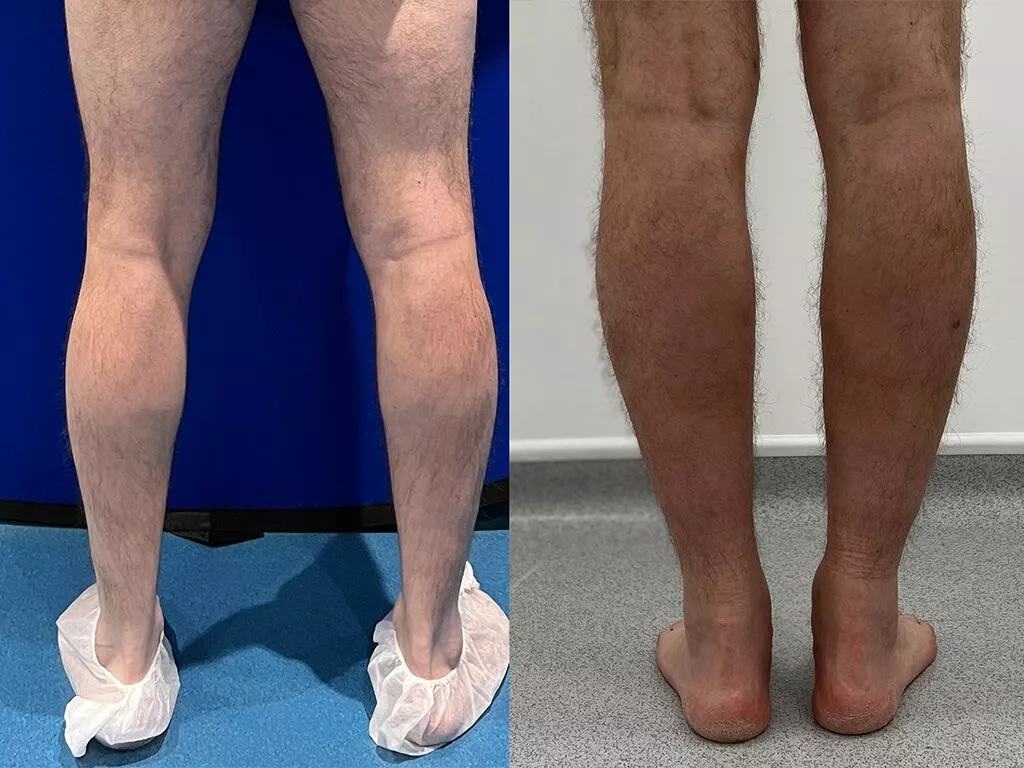
Benefits of fat transfer calf augmentation
Fat transfer calf augmentation, also known as fat grafting or autologous fat transfer, is a procedure that involves harvesting fat from one part of the body and injecting it into the calf area to enhance its shape and size. This method offers several benefits compared to traditional calf implant surgery:
Natural results
Fat transfer calf augmentation uses your body’s fat to augment the calves, resulting in a more natural look and feel compared to synthetic implants.
Minimal risk of rejection
Since the procedure utilises your fat, there is a lower risk of rejection or complications related to foreign body reactions.
Minimal scarring
Fat transfer typically involves smaller incisions than implant surgery, reducing the risk of visible scarring.
Dual benefits
The procedure augments the calves and helps contour the donor area by removing unwanted fat, which can provide a more toned appearance.
Reduced risk of complications
Compared to synthetic calf implants, fat transfer has a lower risk of complications such as implant displacement, infection, or extrusion.
Customisable results
Fat transfer allows for precise control over the volume and shape of the augmentation, enabling the surgeon to create a more tailored result based on the patient’s preferences and anatomy.
Minimally invasive
Fat transfer is a less invasive procedure compared to calf implant surgery, which can result in shorter recovery time and reduced postoperative discomfort.
Calf fat transfer expected results
Calf augmentation is a surgical procedure in which underdeveloped calves are enhanced to achieve a toned, well- proportioned leg. Calf augmentation can be performed using custom silicone calf implants or fat transfer.
Most would like to have curvaceous, full, natural-looking calves that look strong and at the same time, shapely. But despite regular exercise and having a proper diet, it can be very difficult hard to achieve a well-toned leg. Even exercises that concentrate on developing the musculature of the lower legs do not assure you get the best-looking calves. This is why a lot of people may request calf augmentation using calf implants to either fill out those thin legs or to have their legs perfectly sculpted.
Ideal candidates for calf fat transfer
Ideal candidates for calf fat transfer, or autologous fat grafting to the calves, generally possess the following characteristics:
Healthy overall
Candidates should be in good general health, without any significant medical conditions that may increase the risk of complications during or after the procedure.
Adequate donor fat
Candidates must have sufficient fat deposits in other areas of the body, such as the abdomen, thighs, or flanks, to harvest for the transfer. Slim individuals with minimal body fat may not be suitable candidates.
Realistic expectations
Ideal candidates should have realistic expectations regarding the outcomes of the procedure. Fat transfer can provide a natural-looking augmentation, but the results may be more subtle compared to calf implants.
Non-smokers
Smoking can impede healing and increase the risk of complications. Candidates should either be non-smokers or willing to quit smoking several weeks before and after the procedure.
Desire for natural results
Candidates who prefer a more natural-looking and feeling enhancement over synthetic implants are good candidates for fat transfer.
Willingness to maintain a stable weight
Significant weight fluctuations can affect the results of fat transfer. Ideal candidates should be committed to maintaining a stable weight through a healthy diet and regular exercise.
No contraindications
Candidates should not have any conditions that could interfere with the healing process or increase the risk of complications, such as active infections, bleeding disorders, or severe allergies.
Surgical techniques in calf fat transfer
Calf augmentation using fat transfer, also known as autologous fat grafting, is a multi-step procedure that involves harvesting fat from a donor area, processing the fat, and then injecting it into the calf muscles. Here is a step-by-step overview of the surgery:
Anaesthesia
The surgery is typically performed under general anaesthesia, depending on the extent of the procedure and the patient’s preference.
Fat harvesting
The surgeon will first harvest fat from a suitable donor site, such as the abdomen, thighs, or flanks, using liposuction. This involves making a small incision and inserting a cannula to loosen and remove the fat.
Fat processing
Once the fat is harvested, it is processed using a centrifuge or filtration system to separate and purify the fat cells from other components, such as blood and tissue debris.
Fat injection
The surgeon will make small incisions in the calf area and carefully inject the purified fat into the calf muscles using a specialised cannula. The fat is usually injected in small, even layers to achieve a smooth and uniform result.
Closing the incisions
After the fat has been injected, the incisions are closed using sutures, and a compression bandage or garment is applied to minimise swelling and support the treated areas.
Recovery after Fat Transfer Calf Augmentation
Recovery after fat transfer calf augmentation is an essential aspect of the overall experience and outcome of the procedure. Following your surgeon’s instructions and understanding the recovery process will help ensure the best possible results. Here is a comprehensive overview of the recovery process after fat transfer calf augmentation:
Immediately after surgery
Once the procedure is complete, you will be moved to a recovery area where your vital signs will be monitored as the anaesthesia wears off. Depending on the extent of the surgery, you may be able to return home the same day, but you will need someone to drive you and stay with you for the first 24 hours.
Managing pain and discomfort
You can expect some discomfort, swelling, and bruising in both the donor and recipient areas. Your surgeon may prescribe pain medications to help manage the pain and may recommend using cold compresses to reduce swelling.
Compression garments
You will likely be instructed to wear a compression garment or bandage around the treated areas to minimize swelling, support the healing tissues, and help contour the newly augmented calves. The compression garment should be worn as directed by your surgeon, typically for several weeks.
Mobility and activity restrictions
Getting up and walking around as soon as possible after surgery is important to promote circulation and reduce the risk of blood clots. However, it would help if you avoided strenuous activities, heavy lifting, and vigorous exercise for the first 4-6 weeks or as instructed by your surgeon. Gradually resume your normal activities as you feel comfortable and as your surgeon advises.
Wound care
Keep the incision sites clean and dry, and follow your surgeon’s instructions for proper wound care. To prevent infection, you may be advised to clean the area gently with soap and water and apply a topical antibiotic ointment.
Follow-up appointments
Attend all scheduled follow-up appointments so your surgeon can monitor your progress, remove sutures if necessary, and address any concerns or complications that may arise.
Maintaining a stable weight
Significant weight fluctuations can affect the results of fat transfer, so it is important to maintain a stable weight through a healthy diet and regular exercise.
Swelling and final results
Swelling will gradually subside over several weeks to months, revealing the final results of your calf augmentation. It is important to note that the body may reabsorb some of the transferred fat, and the final outcome may not be apparent for up to 6 months after the procedure. Additional fat transfer sessions may be required to achieve the desired result.
Managing expectations
Be patient during the recovery process, and understand that it takes time for the final results to become apparent. Keep an open line of communication with your surgeon to address any concerns or questions during your recovery.
Why choose Centre for Surgery for Calf Fat Transfer?
- Significant experience in all types of calf augmentation surgery – single implants, dual implants and custom made implants as well as fat transfer techniques
- We own and manage our own surgical facilities. Properly performed calf augmentation surgery takes time as it is technically challenging surgery and should not be rushed. Our surgeons perform a maximum of one calf implant procedure in a day. We do not cram 3-4 procedures into one day like other providers. You want your surgeon to be well-rested and mentally and physically sharp to perform calf implant surgery to get the very best results.
Our surgeons live and work in London. We don’t work with ‘fly-in, fly-out’ surgeons. This is very important because whilst your surgeon takes all precautions to minimise complications, complications can and do occur and our surgeons are readily available to manage any issues if and when they arise.
Centre for Surgery offers finance options in conjunction with our finance partner, Chrisalis Finance.
FAQs
-
Will I require someone to take me home following surgery?Yes. Calf fat transfer is carried out under sedation or anaesthesia and you will therefore be quite drowsy following the procedure. As per the national guidelines you will not be allowed to drive home yourself following the fat transfer surgery. You will need to have a responsible adult escort who will need to pick you up and to look after you for the first 24 hours following your procedure.
-
How much is recommended to take off after fat transfer surgery?In comparison with other types of surgery, fat transfer surgery is associated with a very rapid recovery and most patients are often back to their normal activity levels a matter of days following the procedure. It is still quite important to take things easy and build up activity levels in a gradual manner. Our surgeons recommend most patients can be at work within one week and undertaking moderate exercise after two weeks.
When commencing exercise we recommend that you begin with less strenuous activities like walking and cycling before returning to more strenuous forms of exercise such as the lifting of heavy weights or undertaking intense aerobic exercise such as running on a treadmill. -
Can smoking and alcohol affect the results of the fat transfer?Smoking and alcohol are to lifestyle factors associated with an increased risk of potential complications both during and after fat transfer surgery. Other factors include a BMI over 30 and taking certain drugs which may affect the immune system as well as the taking off recreational drugs such as cannabis. Smoking is a particularly Undesirable lifestyle factor for fat transfer surgery as the constituents of tobacco smoke can affect the microcirculation to the body. This means there could be a potentially higher risk of infection as well as delayed healing. Our surgeons strongly recommend for all patients to stop smoking at least four weeks before their procedure and consider using nicotine replacement products. Excessive alcohol consumption is also a potential risk factor for adverse outcomes after surgery and it is strongly recommended to reduce alcohol intake before surgery. We recommend complete abstinence from alcohol for at least 72 hours before the procedure to avoid interference with the anaesthetic. The viability of fat transfer is adversely affected by smoking with fat survival rates as low as 30% in those who continue to smoke after the procedure. Your surgeon will Advise you to lose weight if your BMI is over 30 to reduce the risk of post-operative surgical complications.
-
Does calf augmentation require general anaesthetic or an overnight stay?Calf augmentation surgery is performed under anaesthesia or sedation as a day-case without the need for an overnight stay.
-
How long does fat transfer to calves take to carry out?Calf augmentation surgery using fat transfer normally takes approximately one hour to perform depending on the complexity of the surgery.
-
What happens after the calf fat transfer procedure?After the calf fat transfer procedure is complete, you will be booked in for a follow-up appointment to see one of our expert post-operative nurses at the clinic, usually between 7 to 14 days after your procedure. At this appointment, your nurse will remove your dressings, assess your incisions to ensure they are healing well, and give further Post-operative instructions at this stage. Any sutures which need to be removed will be removed at this appointment, and you will be advised on when you can start showering.
At the six-week mark, you will be seen by your surgeon to assess the healing and results and to make sure you have an optimised recovery. Post-operative photographs are usually taken at this appointment to compare with your preoperative photographs.
At all stages after your procedure in the recovery period, you can get in contact with our clinical support team If you have any questions or concerns. Monitoring your care proactively in the postoperative period means your potential for a smooth recovery is maximised. -
What can I expect to feel after fat transfer to calves?Once you have recovered from the effects of sedation or anaesthesia in our state-of-the-art recovery facilities, you will be assessed by one of our expert recovery nurses, who will prepare you for a safe discharge. It is common to feel tired and drowsy, but this is short-lived, and you will feel much better after 3 to 4 hours. Once you have spent a sufficient period in the recovery suite, you will be given Something to eat and drink to build up your energy levels. Once your escort has arrived, you will be allowed to leave the clinic and go home with your escort in a car or taxi.
It is not uncommon to experience mild discomfort immediately following the fat transfer procedure; however, this will rapidly settle down with your surgeon taking the prescribed oral painkillers. Our expert clinical support team is available to answer any question, and you will be called by one of our post-operative nurses at approximately 24 hours following your procedure. -
What is the length of the recovery period following calf fat transfer?Fat transfer is a minimally invasive surgery without requiring extensive incisions and can be easily performed as a day-case procedure. With any fat grafting procedure, the recovery time is usually quite rapid without any requirement for special restrictions or prolonged downtime.
After the procedure is complete, you will be transferred to our day surgery recovery room for 2 to 3 hours, where you will rapidly return to normal consciousness and where you can eat and drink something light. Once you have met the recovery and discharge criteria, you will be safely discharged into the care of a responsible adult.
Our surgeons usually recommend that you take one week off work and avoid driving for a minimum of one week. Desk-based work can be resumed earlier. Most patients can expect to recover fully from their fat transfer procedure within two weeks.
There are several activities you should avoid following fat transfer surgery, and your surgeon will be able to advise you in greater detail at your consultation.
Strenuous Physical activity Should generally be avoided for up to 2 weeks, and this includes sexual activity. You may commence light physical activity, Such as walking and cycling, after two weeks building up to more strenuous exercise at the 4 to 6-week mark, such as running and lifting weights.
Following a body contouring procedure involving liposuction and fat transfer, Virtually all patients will be required to wear a post-operative compression garment for a minimum of six weeks following the procedure.
In the postoperative period, it is very important to follow all of the post-operative care instructions given to you by your surgeon and the clinical team to ensure you get the best results from the procedure. Do try to avoid doing too much too soon as this could jeopardise the results of the surgery, as transferred fat is very delicate. Your surgeon will give you comprehensive information on the dos and don’ts of fat transfer surgery at your consultation. -
Will I have scars after fat transfer to calves?Fat transfer is a minimally invasive procedure with only very small incisions made for the insertion of the cannulas.
For the fat transfer, the incisions are placed in the crease behind the knees and are therefore barely noticeable. These incisions heal well in 10 – 14 days. -
Will I be required to wear a special garment after calf fat transfer?Yes – post-surgery support stockings are fitted at the end of surgery to help control swelling and reduce movement post-operatively. This should be worn day and night for the first three weeks. They can then be worn at night only for the next three weeks.
-
What reassurance do I have with calf fat grafting?At Centre for Surgery, we understand that your decision to have Calf Augmentation surgery can be a daunting and anxious time for you. Our aim is to fully understand your concerns and desires and assess you accurately, before agreeing on a treatment plan which is in your best interest. We will provide you with all the information you need and support before, during and after your surgery.
We will also inform you about the risks of travelling overseas for surgery. -
What results can I expect after fat transfer to the calves?The results are first and foremost natural. The goals of calf augmentation surgery are to restore an aesthetically pleasing shape which is in balance with body shape – i.e. looks natural and does not appear abnormal. It can take six weeks or more for the final result to be achieved.
-
What are the risks of calf fat transfer surgery?Common to all surgical procedures there are always risks associated with surgery. However, complications are uncommon. Bruising can occur and may take two weeks to resolve, while major bleeding is rare. Infection is infrequent (less than 0.5%) and will require a course of appropriate antibiotics. Displacement of the implants can occur in the early postoperative course. This is prevented by avoiding pressure on the legs or excessive movement. Some altered sensation around the legs is expected and will commonly return to normal between 6 to 12 weeks after surgery.
-
How long do the results of fat transfer to calves last?The results of calf augmentation surgery long-lasting, are but note that ageing changes will occur over the years.
-
When will the final results following calf fat transfer appear?The healing time following fat transfer surgery is approximately 4 to 6 weeks and it takes time for final results to become apparent. It is important to be aware that newly transferred fat is very delicate and requires a period of time to establish blood supply to the fat cells. A proportion of fat will become non-viable and will be absorbed by the body. Swelling takes time to resolve but once it has done so you should be able to see the final results from the fat transfer and in some cases this can take up to 3 months to appear after fat transfer surgery.
You should begin to see incremental improvement as the days and weeks pass following the procedure and as your healing takes place. Once the Fat has successfully developed a fresh blood supply it can take a further 3 to 6 months for the fat to remodel.This process is highly variable between patients and depends on the areas where fat grafting was performed to.
Fat transfer unlike nonsurgical alternatives is a permanent procedure which means the volume enhancement will not reduce with time. However with ageing or changes in weight the proportion of fat may change in the body more generally and this will also affect the area where fat grafting was performed.
It is generally accepted that fat grafting results in fat survival rates off between 50 to 70%. The remaining fat is reabsorbed by the body. Fat survival rates vary depending on the body area treated. Patients who would like further increases in volume may wish to undertake a second stage Lipo filling procedure at between 3 to 6 months following the first procedure to achieve the expected result. Your surgeon will be able to advise you on the fat grafting survival rates after taking a full medical history and performing a thorough physical examination.


